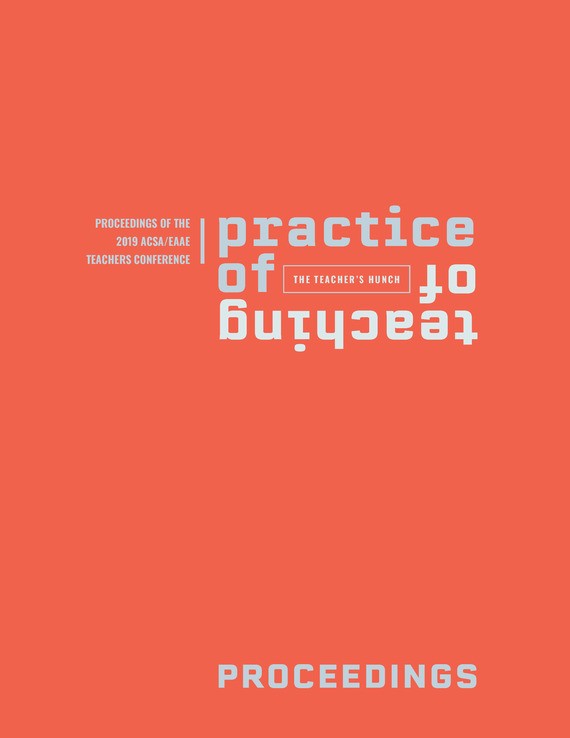Author(s): Elizabeth M. Keslacy
The materials and techniques that we use to create architectural representations undoubtedly affect how we apprehend the work of architecture being depicted. By analogy, if we consider Leonardo da Vinci’s oil-on-poplar depiction of Lisa Gherardini next to a pencil sketch, a comic-book style half-tone, and a graffiti-based interpretation of the Mona Lisa, it’s clear that each medium maintains its own set of associations, while, at the same time, clearly communicates its content and reference. The medium is not perhaps the whole message, but it is an important component of our experience of images and drawings.It is also true that the choice of a particular mode of drawing during the design process can profoundly shape the object being designed. Any student of architecture can rattle off the implications of choosing Rhino, Sketch-Up, Maya, AutoCad, or Revit to work through an architectural design problem, particularly in terms of the forms and details that each software facilitates easily or with difficulty. Robin Evans’ insights about drawing’s fundamental difference from its content, and yet the agency it maintains in the shaping of that content, turns out to be just as true in the digital age as it was in the era of hand drawing.1 Unfortunately, the professional trend toward hyperreal image-making has meant concealing the drawing’s own construction processes and neutering its space-generating potential. The speculative and uncertain nature of hand-production is sublimated in favor of the glossy render that makes the proposed appear as already-real. The pendulum is already swinging away from this tendency in some academic and professional circles, largely under the banner of the post-digital.2 Despite a return to orthography, collage, and an “illustrated” rather than “rendered” sensibility, the so-called post-digital largely remains stubbornly digital. How, in a world saturated with Instagram-worthy architectural images, can we teach our students to reinvest in a drawing-based design process that is experimental and open-ended? How can drawing itself be reinvigorated both in terms of its representational agency and its abilities to produce new kinds of form and space?
https://doi.org/10.35483/ACSA.Teach.2019.34
Volume Editors
Richard Blythe & Johan De Walsche
ISBN
978-1-944214-23-4

 Study Architecture
Study Architecture  ProPEL
ProPEL 
